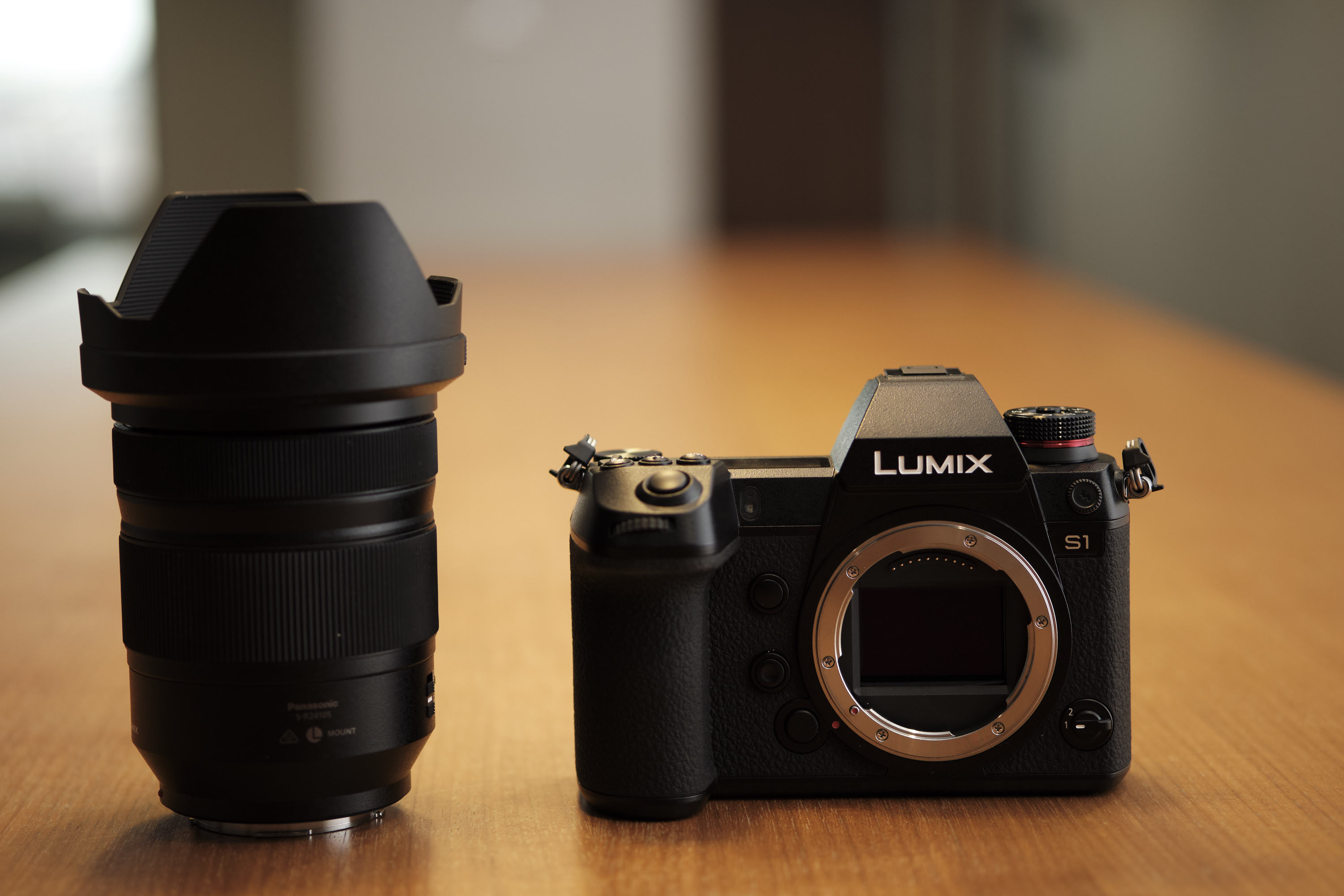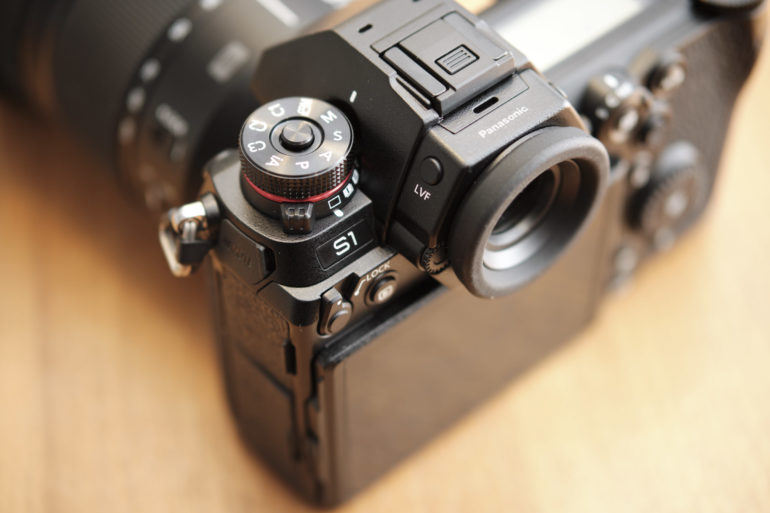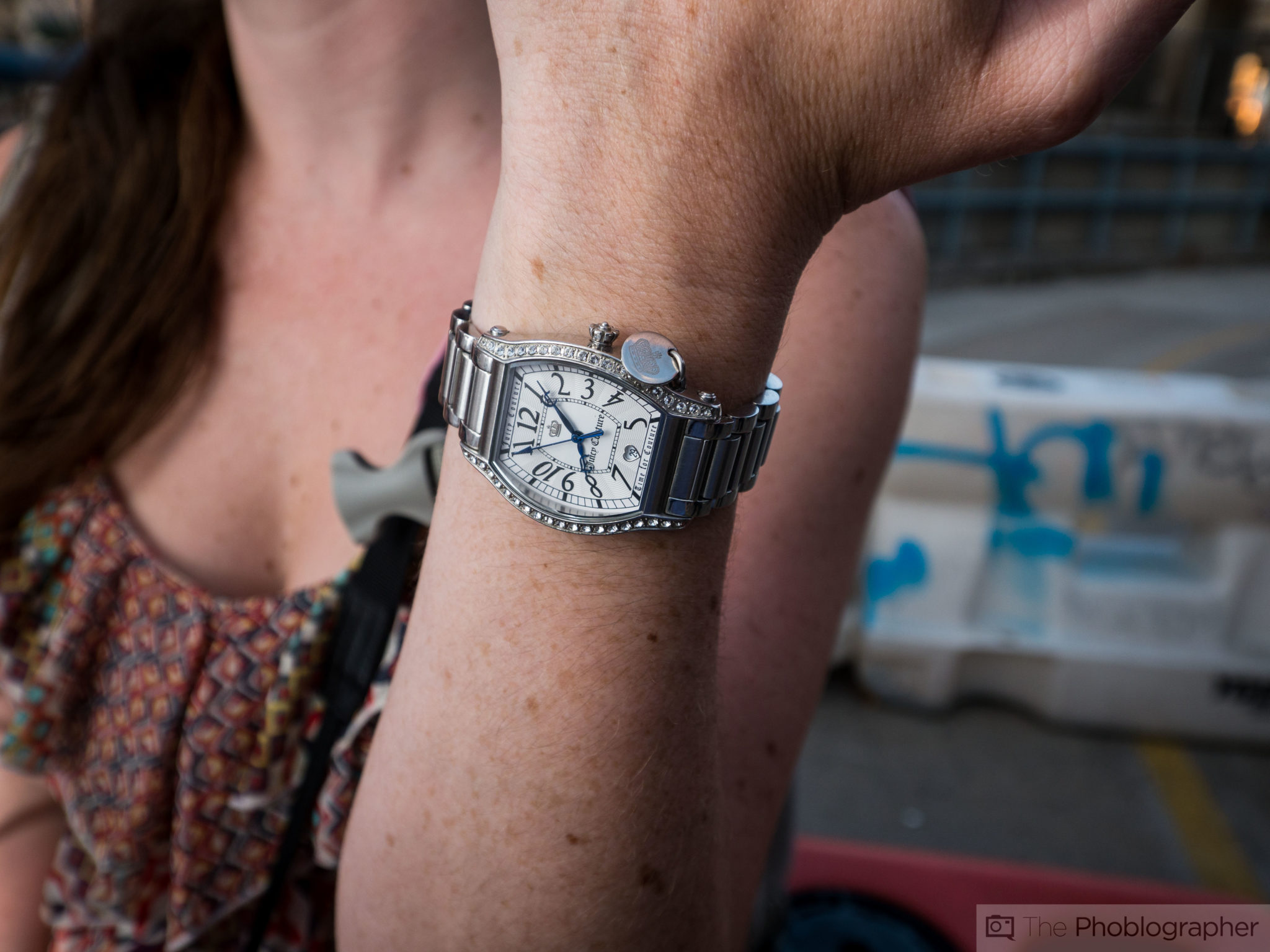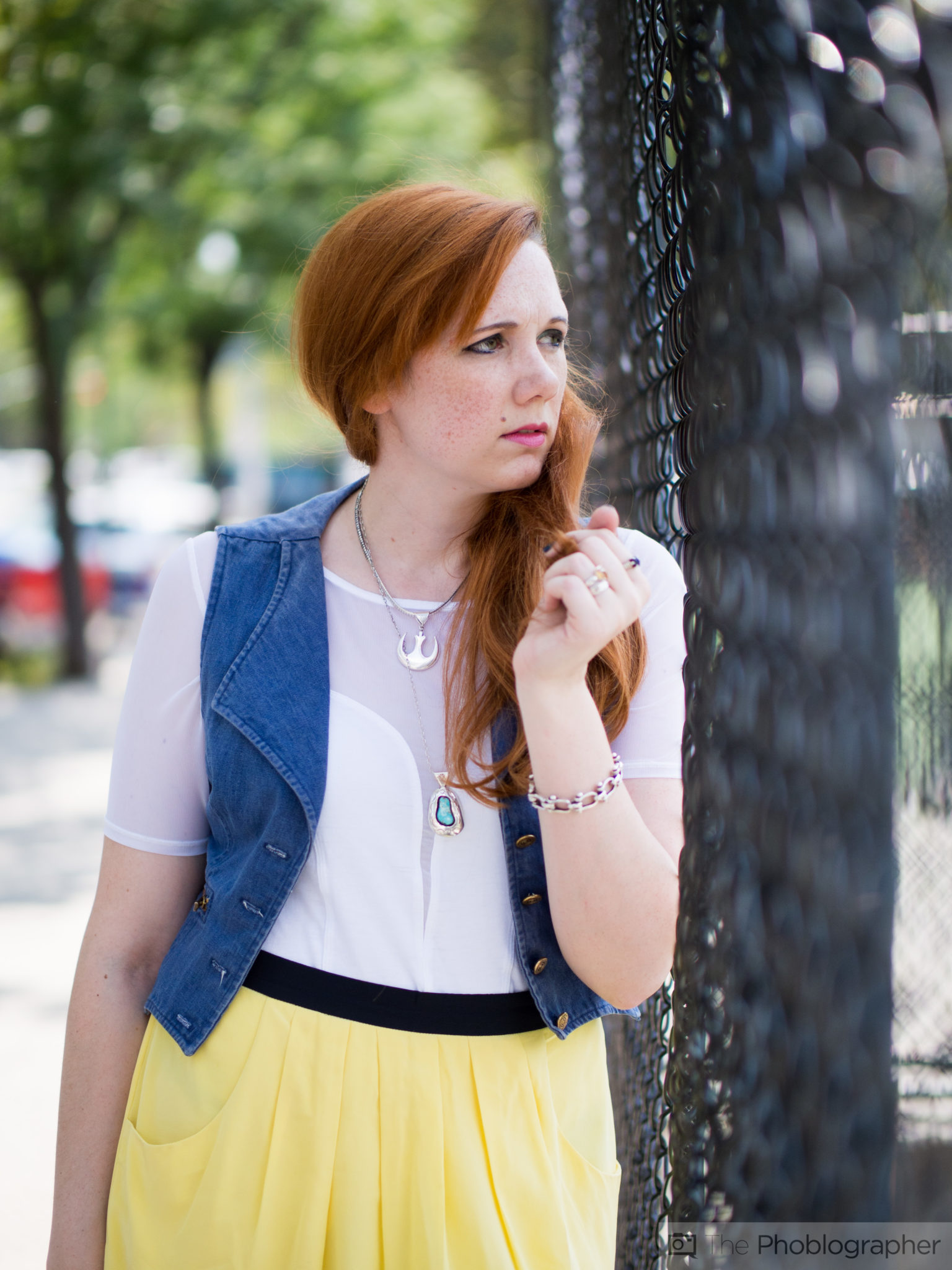Last Updated on 10/01/2020 by Chris Gampat
The Panasonic S1 and Panasonic S1R have 1/320th flash sync speeds; and there are huge reasons why this is awesome.
One of the biggest things that I’m personally so excited about with the new Panasonic S1 and Panasonic S1R is the innovation brought to a full frame camera with shutter speeds and flash sync. Panasonic redesigned the entire shutter mechanism and gave it this ability–which is a first for mirrorless full frame cameras. Portrait and event photographers along with photojournalists and wedding photographers will greatly value this new boost to what they were already doing. While much of the photography world tries to put an emphasis on natural light and excessive Lightroom/Photoshop production, I feel like this helps put power back into the hands of true photographers and not editors.
It’s a True Innovation for Focal Plane Shutter Full Frame Cameras
Years ago, Olympus had a camera that could do flash sync speed to 1/320th; and that was awesome. But this is the first time that a mirrorless camera with a full frame sensor can do it. And this is huge for photojournalists, portrait photographers, event photographers, and wedding photographers. There are probably many of you out there saying stuff like “Why is this important? You can just shoot at HSS with no problems!”
NO! YOU CAN’T!
- Portrait shoots: Your flash head is bound to overheat and your battery is going to die faster. So now you need to bring extra batteries when you shouldn’t need to because you have a fresh pair in the flash/strobe already.
- Events: Same as portraits
- Photojournalism: Let’s say you’re using a 70-200mm lens and you have to use flash output too. Lots of photographers have trouble handholding a shutter and a 200mm equivalent lens. But with this you now can use the Reciprocal rule of shutter speeds to go over 200 (I’ll get to this more in a bit), a faster flash duration, and the image stabilization of the lens and body together. It’s essentially impossible to get a blurred image from camera shake and if you do, I’m compelled to call you lazy for not implementing proper handholding and shooting techniques to begin with. I know photographers who shoot portraits and anything else in continuous mode all the time in hopes that they get a single photo that doesn’t have blur or because they don’t have a creative vision. With this new implementation, it’s encouraging you more than ever to get the photo in a single shot.
- Weddings: Same as pretty much all three of the previous.
This is something that will be bigger with the Panasonic S1R because of how higher megapixel counts really emphasize your need to hold the camera steady.
The Reciprocal Rule of Shutter Speeds in Event Photography
I talked about the reciprocal rule of shutter speeds a bit just now, but let me go deeper. The reciprocal rule of shutter speeds dictates that your minimum shutter speed to get an image devoid of camera shake needs to be the reciprocal of your lens focal length equivalent. So that means at 50mm is:
- Full frame: At least 1/50th
- APS-C: At least 1/75th for most of the industry and 1/80th for Canon
- Four Thirds: At least 1/100th
But then you consider adding in image stabilization. Sadly, there are still lots of shooters who can’t get their shutter speeds to deliver blur free images even then. If it’s for a truly physical reason, then my heart reaches out to you as I too am legally disabled. But if you’re just not practicing good handholding and shooting techniques, then what this means is that you can shoot at an even faster shutter speed and not kill your flash’s batteries–potentially at least.
We’ve got a full post on how the reciprocal rule of shutter speeds work right here.
Image Stabilization + Reciprocal Rule
We mentioned image stabilization just now. So how does that work? Well, let’s say that a lens and a camera system allow you to have 4 extra stops of image stabilization. So now let’s figure that out with a 50mm lens. The reciprocal rule says one thing, but then we need to remove some extra stops of light. So potentially, you can handhold a 50mm lens to:
- Full Frame: If you were going to originally shoot at around 1/60th, then it will be around 1/4
- APS-C: If you were going to shoot at 1/125th, then you can go down to around 1/8th
- Four Thirds: Same as APS-C.
Of course, some folks can’t do this because the shutter speeds are too slow–we have staffers who default to me because I can handhold a shot to a very slow shutter speed when we’re on set together. And so this is what’s potentially possible but not possible for everyone depending on a variety of reasons.
Image Stabilization + Reciprocal Rule + Flash Duration
Now here is the other big one! Flash duration according to this post we did before:
“The flash duration, in very layman’s terms, essentially takes over for the effects of shutter speed in an image to a point. They are measured in fractions of a second the same way a shutter speed is. On that train of thought, if you have a faster shutter speed, then you can stop faster moving motion in camera. Likewise, if you have a faster flash duration, you can stop faster moving motion in camera.”
Check this photo out. It’s a 3 second long exposure but a fast flash duration helped stop the motion.
Now think about that, the image above is at three seconds long but it was able to freeze that moment–imagine what a fast flash duration of 1/320th on the Panasonic S1 and Panasonic S1R combined with the reciprocal rule of shutter speeds and image stabilization can do. It’s so much better.
I’m personally really looking forward to the Panasonic S1 and Panasonic S1R. They seem like they’re going to be awesome.








